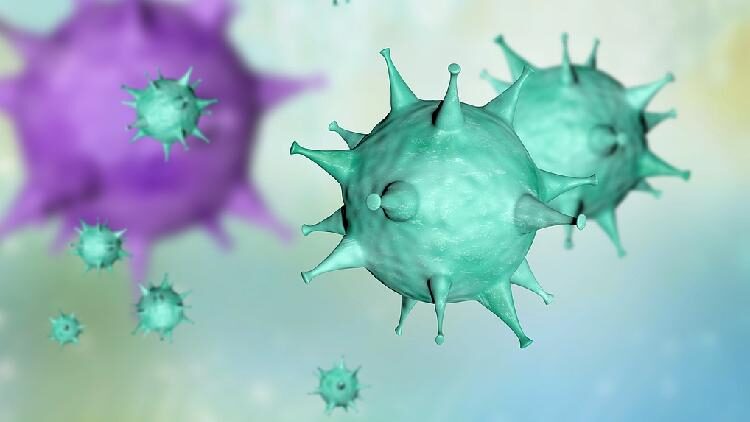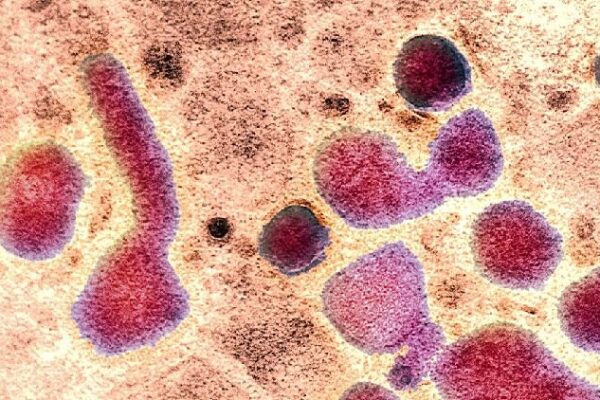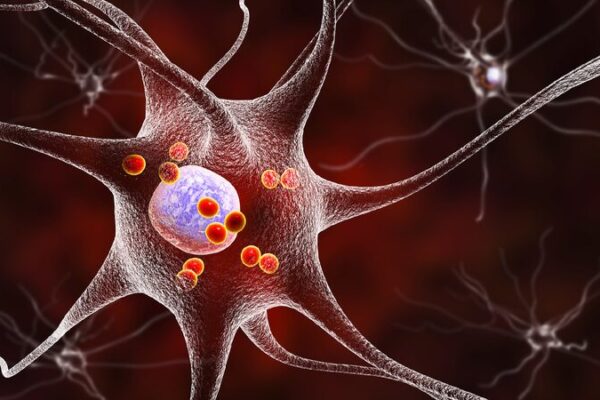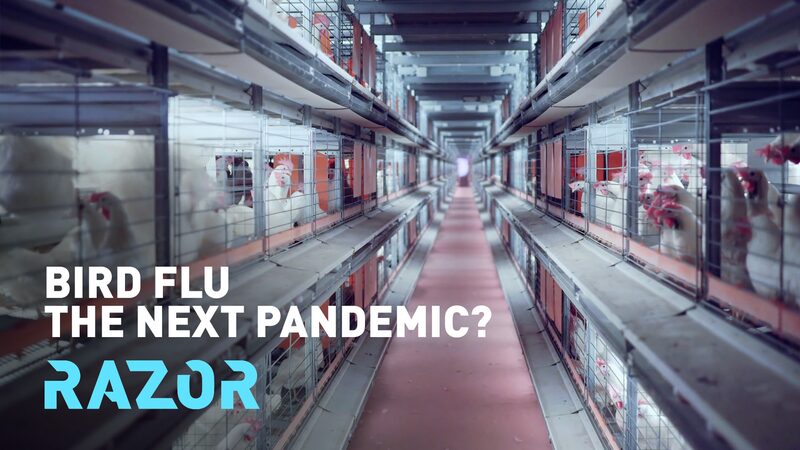In a groundbreaking study, researchers from the Shenzhen Institutes of Advanced Technology (SIAT), under the Chinese Academy of Sciences, have uncovered a new pattern in how viruses spread, offering fresh perspectives on infectious disease transmission.
The team focused on the interactions between E. coli bacteria and a virus that infects it, known as the M13 bacteriophage. By using synthetic biology techniques, they created a laboratory system to observe how these bacteria and viruses behave under different conditions.
Traditionally, it’s been thought that animal migration speeds up the spread of viruses. However, recent observations show that some animals, like monarch butterflies, are less likely to get sick during long journeys. To delve deeper into this phenomenon, the researchers manipulated the movement patterns of bacterial populations and the characteristics of the virus’s infection process.
Their findings were enlightening. The study revealed that when bacterial populations move quickly in a specific direction, infected bacteria are more likely to be left behind by the group. This process results in a community composed entirely of healthy bacteria.
“Our research provides valuable insights into the transmission patterns of infectious diseases,” said Fu Xiongfei, the corresponding author of the paper published in the Proceedings of the National Academy of Sciences. “Understanding these patterns could have significant implications for controlling the spread of diseases.”
The discovery opens up new avenues for exploring how movement and migration affect virus transmission, potentially influencing future strategies in disease prevention and control.
Reference(s):
Chinese researchers discover new pattern in virus transmission
cgtn.com








